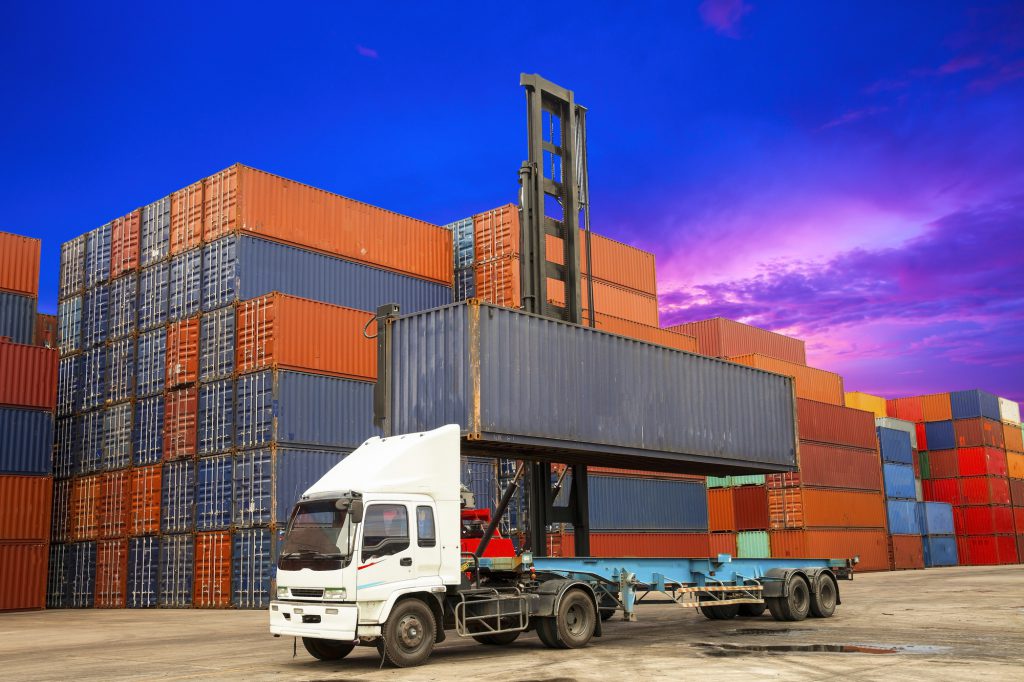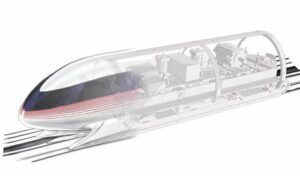Learn more about the benefits of different modes of transportation and enhance operational efficiency, cost savings, and environmental sustainability!
In today’s interconnected world, efficient transportation plays a pivotal role in facilitating global trade, connecting markets, and meeting consumer demands. To optimize the movement of goods and resources across vast distances, businesses are increasingly adopting multi-modal transportation strategies. Leveraging the strengths of different modes of transportation, such as road, rail, air, and sea, these innovative approaches offer a pathway to enhanced efficiency, cost savings, and environmental sustainability.
1.) Intermodal Transportation: The Seamless Integration
At the heart of multi-modal transportation lies the concept of intermodal transportation. This involves the use of multiple modes of transportation for a single shipment, seamlessly transferring containers between trucks, trains, and ships without the need for unloading and reloading cargo. Intermodal transportation offers numerous advantages, including reduced handling and transit times, increased security, and cost savings. By streamlining logistics operations, companies can achieve improved supply chain efficiency, shorter lead times, and better customer service.
2.) Rail and Truck Integration: The Dynamic Duo
The integration of rail and truck transportation provides a powerful combination that optimizes the supply chain. Rail transport is highly efficient for long-haul transportation over vast distances, making it ideal for moving goods between major hubs. On the other hand, trucks offer the flexibility and accessibility required for last-mile deliveries and reaching locations not directly connected to rail networks. By collaborating between rail and truck transportation providers, businesses can strike a balance between cost-effectiveness and responsiveness to customer needs.
3.) Air Freight for Time-Sensitive Shipments: Speed Meets Precision
In today’s fast-paced world, speed and precision are essential in meeting time-sensitive demands. Air freight offers a compelling solution for transporting high-value or perishable goods that require swift delivery. By strategically using air transportation for urgent shipments, companies can maintain the freshness of goods and meet tight delivery deadlines. While air freight may be costlier than other modes, it provides the advantage of rapid delivery to global markets.
4.) Sea Freight for Cost-Effective Global Distribution: Navigating the Oceans
For businesses engaged in global trade, sea freight remains a cost-effective and reliable option for transporting large volumes of goods over long distances. Containerization revolutionized sea freight, making it more efficient, secure, and adaptable to varying cargo types. By leveraging well-established sea routes and ports, companies can achieve economies of scale and reduce per-unit transportation costs significantly.
5.) Technology as the Navigator: Digitizing the Multi-Modal Landscape
Embracing technology is integral to optimizing multi-modal transportation strategies. Advanced logistics management systems, GPS tracking, and real-time communication tools enable companies to monitor shipments, streamline route planning, and respond proactively to potential disruptions. The integration of artificial intelligence (AI) and machine learning enhances predictive capabilities, enabling data-driven decision-making and proactive risk management.
6.) Enhancing Environmental Sustainability: A Responsible Journey
Efficiency in multi-modal transportation goes hand in hand with environmental sustainability. By optimizing transportation routes and minimizing empty miles, businesses can reduce greenhouse gas emissions and their carbon footprint. Embracing eco-friendly practices, such as using fuel-efficient vehicles and adopting alternative energy sources, contributes to a greener supply chain.
The Journey Ahead
Multi-modal transportation strategies hold immense promise for achieving efficiency, cost savings, and sustainability in the complex world of logistics. By capitalizing on intermodal transportation, integrating rail and truck networks, leveraging air freight for speed, utilizing sea freight for global distribution, and embracing technology, businesses can unlock the power of interconnected transportation networks.
As we navigate the journey ahead, collaboration, innovation, and a commitment to responsible practices will be the compass that guides us toward a more efficient, connected, and sustainable future. Multi-modal transportation is not just a choice; it is an opportunity to forge a resilient supply chain that can meet the challenges of today and embrace the opportunities of tomorrow. Let us embark on this transformative journey, as we move toward a future where efficiency and sustainability coexist, enhancing global connectivity and driving progress for generations to come.
The Perfect Planner Team is here if you have any questions about Multi-Modal Transportation Strategies, and we offer a free consultation service. If you would like to connect with us on this article or any other topic, please message us on LinkedIn, shoot us an email at info@perfectplanner.io, visit our website at www.perfectplanner.io, or give us a call at 423.458.2979.
Author: Thomas Beil
Publication Date: October 23, 2023
© Copyright 2023 Perfect Planner LLC. All rights reserved.






